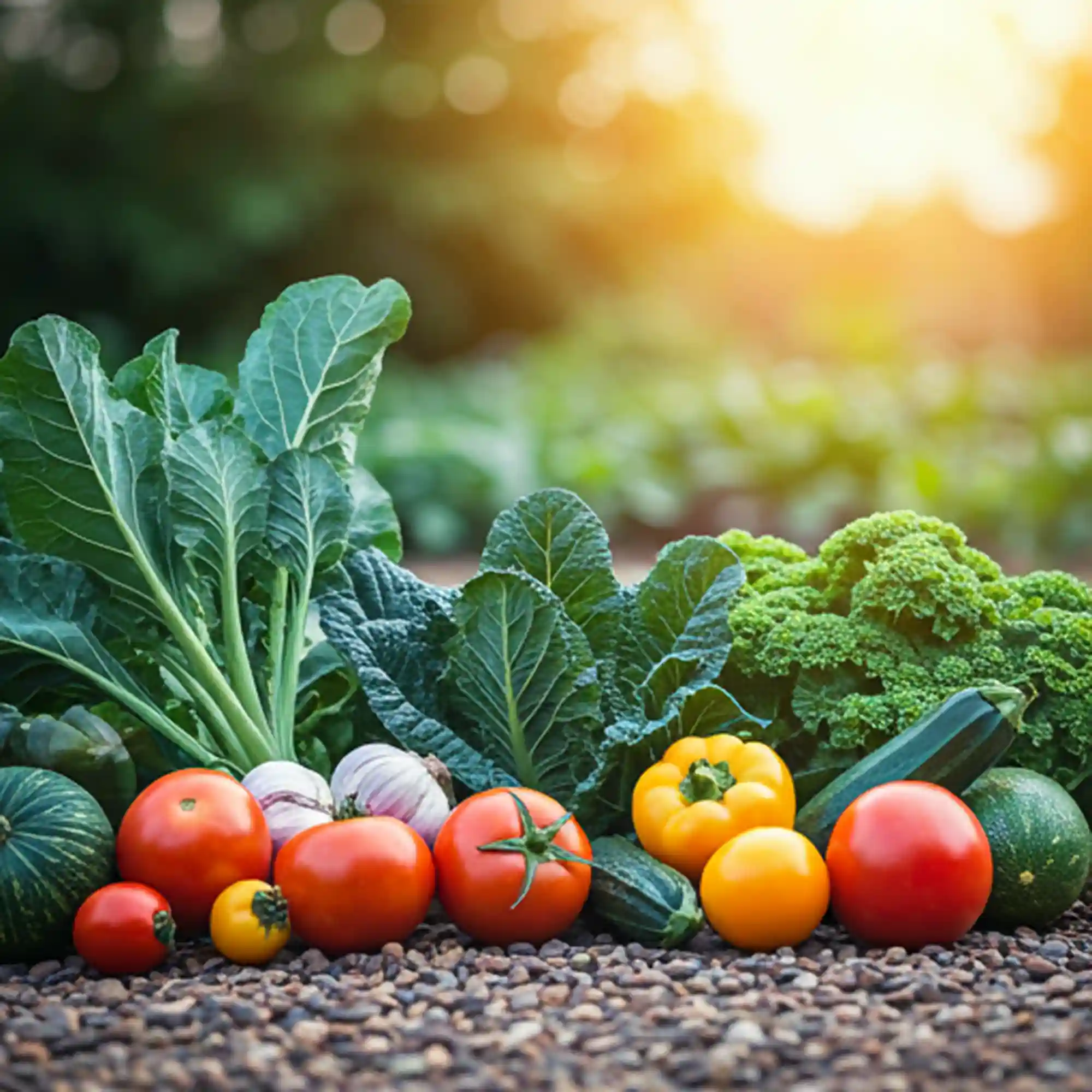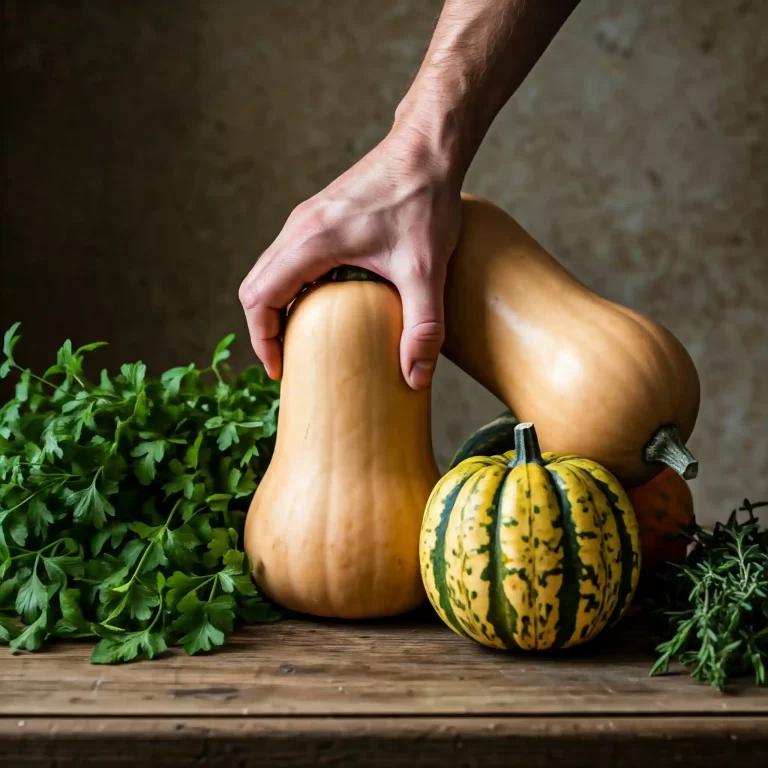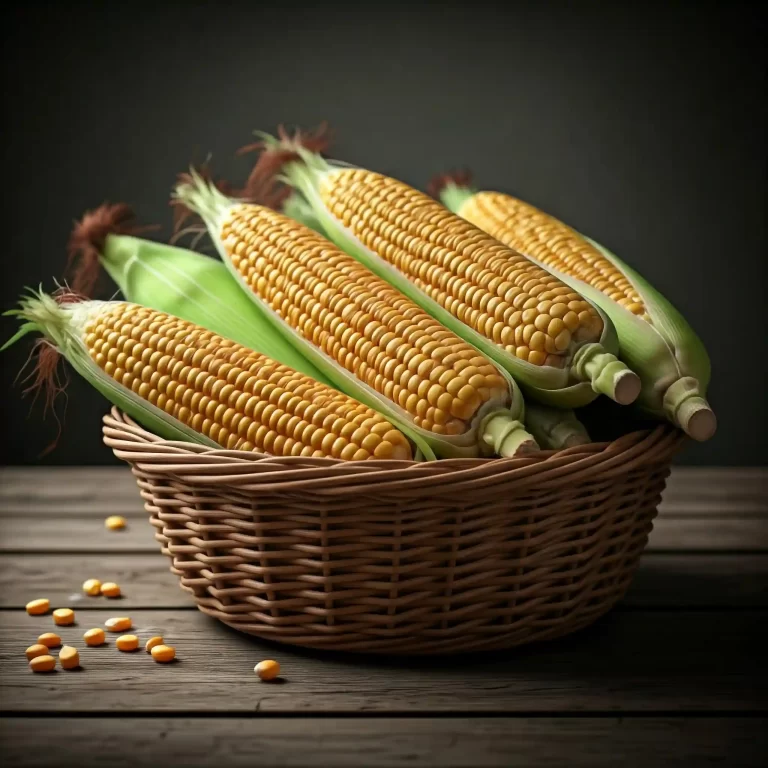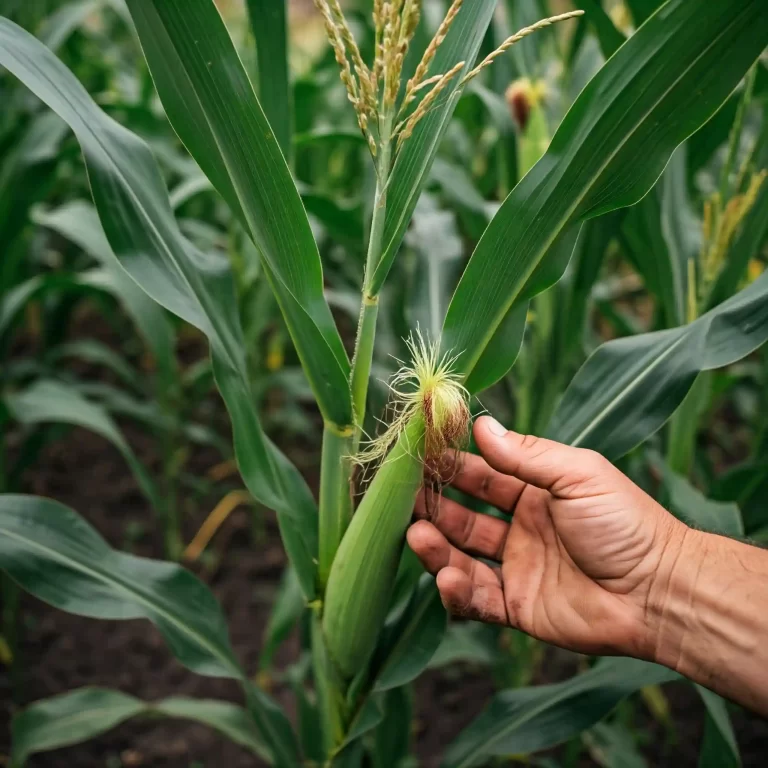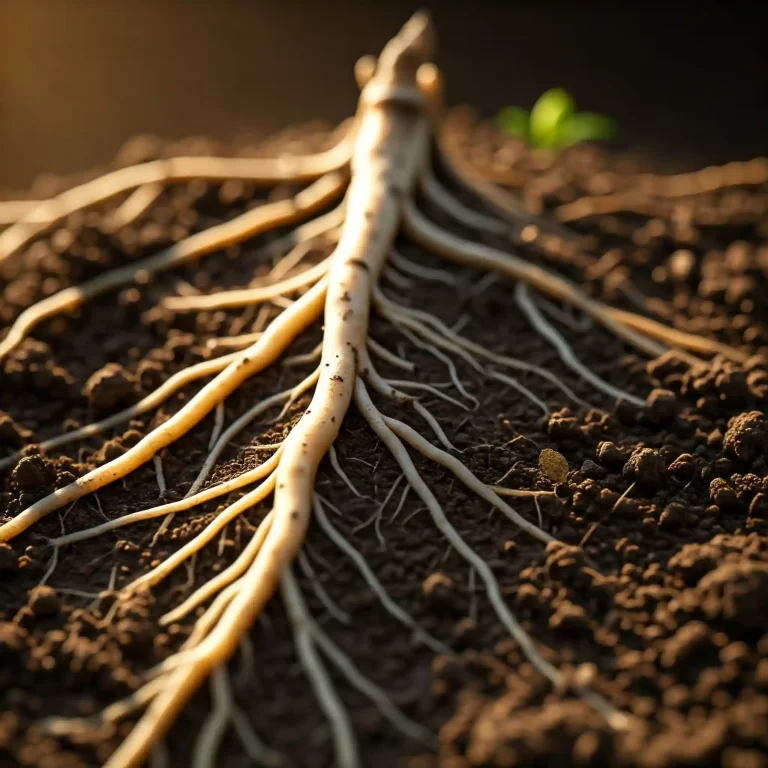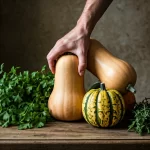Why Grow Your Own Vegetables?
Are you tired of buying bland, tasteless vegetables from the grocery store? Do you want to know where your food comes from and ensure it’s grown using sustainable practices? Growing your own vegetables is a rewarding and fulfilling experience that offers numerous benefits for both your health and well-being.
Benefits of Homegrown Vegetables
- Nutritional Value and Freshness: Homegrown vegetables are packed with essential nutrients and vitamins. They are harvested at their peak ripeness, ensuring optimal flavor and freshness.
- Cost Savings and Sustainability: Growing your own vegetables can significantly reduce your grocery bills. Additionally, home gardening is a sustainable practice that helps to conserve resources and reduce your environmental impact.
- Connection to Nature and Self-Sufficiency: Gardening provides a wonderful opportunity to connect with nature and appreciate the beauty of the natural world. Growing your own food can also give you a sense of self-sufficiency and accomplishment.
Nutritional Comparison of Homegrown vs. Store-Bought Vegetables
| Nutrient | Homegrown Vegetables | Store-Bought Vegetables |
| Vitamin C | Higher | Lower |
| Vitamin A | Higher | Lower |
| Antioxidants | Higher | Lower |
| Flavonoids | Higher | Lower |
Choosing the Right Vegetable Seeds
Selecting the right vegetable seeds is crucial for a successful garden. Consider the following factors when making your choices:
Organic vs. Non-GMO Seeds
- Organic seeds are grown without the use of synthetic pesticides, herbicides, or fertilizers. They are a healthier option for both you and the environment.
- Non-GMO seeds are not genetically modified. They are a good choice for those concerned about the potential health and environmental risks associated with GMOs.
Heirloom vs. Hybrid Seeds
- Heirloom seeds are open-pollinated varieties that have been passed down through generations. They often have unique flavors and characteristics.
- Hybrid seeds are created by cross-pollinating different varieties. They typically offer higher yields, disease resistance, and uniformity.
Seed Starting Kits vs. Individual Seeds
- Seed starting kits provide a convenient way to start seedlings indoors. They often include everything you need, such as pots, soil, and humidity domes.
- Individual seeds can be more cost-effective and offer greater flexibility in terms of variety and quantity.
Comparison of Seed Starting Kits and Individual Seeds
| Factor | Seed Starting Kits | Individual Seeds |
| Convenience | High | Low |
| Cost | Higher | Lower |
| Flexibility | Low | High |
Where to Buy Vegetable Seeds
There are several options for purchasing vegetable seeds:
Online Retailers
- Burpee: A well-known seed company offering a wide variety of vegetable seeds.
- Johnny Seeds: Known for their heirloom and organic seeds.
- Baker Creek Heirloom Seeds: Specializes in heirloom vegetable varieties.
Local Nurseries and Garden Centers
- Benefits: Supporting local businesses, access to expert advice, and the ability to see the plants in person.
- Tips: Research local nurseries and garden centers to find one that offers a good selection of vegetable seeds.
Seed Exchanges and Co-ops
- How they work: Seed exchanges allow gardeners to swap seeds with others in their community. Seed co-ops offer a variety of seeds at affordable prices.
- Benefits: Connecting with other gardeners, preserving heirloom varieties, and supporting local agriculture.
Tips for Storing and Germinating Seeds
Proper storage and germination techniques are essential for ensuring successful vegetable gardening.
Proper Seed Storage
- Temperature: Store seeds in a cool, dry place, ideally between 40°F and 50°F (4°C and 10°C).
- Humidity: Avoid storing seeds in humid conditions, as this can lead to mold and mildew.
- Light: Keep seeds away from direct sunlight.
- Containers: Store seeds in airtight containers, such as glass jars or zip-top bags.
- Labeling: Label each container with the type of seed, variety, and date of purchase.
Germination Techniques
- Paper Towel Method: Place a moist paper towel in a plastic bag, add the seeds, and seal the bag. Place the bag in a warm, dark location.
- Seed Starting Trays: Fill seed starting trays with a sterile potting mix, plant the seeds, and cover them lightly with soil. Keep the trays moist and warm.
- Direct Sowing: Plant seeds directly into the garden soil. This method is suitable for warm-season vegetables.
Common Germination Problems and Solutions
- Poor Germination: Ensure proper storage conditions, use high-quality seeds, and provide adequate moisture and warmth.
- Damping Off: A fungal disease that can kill seedlings. Avoid overwatering and use a well-draining potting mix.
- Slugs and Snails: Protect seedlings from slugs and snails by using barriers, traps, or organic pest control methods.
Planting and Caring for Vegetable Seeds
Once your seeds have germinated, it’s time to plant them in your garden.
Choosing the Right Planting Location
- Sunlight: Most vegetables require at least 6-8 hours of direct sunlight per day.
- Soil Quality: Ensure your soil is well-draining and rich in organic matter.
- Spacing: Follow the recommended spacing guidelines for each vegetable type.
Planting Depth and Spacing
- Planting Depth: Refer to the seed packet for the appropriate planting depth.
- Spacing: Plant seeds at the recommended spacing to allow for adequate growth and air circulation.
Watering and Fertilizing
- Watering: Water seedlings regularly, but avoid overwatering, as this can lead to root rot.
- Fertilizing: Apply a balanced fertilizer to your garden once or twice a month.
Common Pests and Diseases
Gardeners often encounter various pests and diseases that can affect their vegetable plants.
Identifying Common Pests
- Aphids: Small, soft-bodied insects that suck sap from plants.
- Caterpillars: Larvae of moths and butterflies that can defoliate plants.
- Beetles: Chewing insects that can damage leaves and fruits.
Preventing and Treating Diseases
- Fungus: Avoid overwatering and ensure good air circulation. Use fungicides as needed.
- Bacteria: Practice good sanitation and avoid planting infected seeds.
- Viruses: Remove and destroy infected plants to prevent the spread of viruses.
Natural Remedies and Organic Pest Control
- Beneficial insects: Introduce natural predators like ladybugs and lacewings to control pests.
- Companion planting: Plant certain plants together to deter pests and attract beneficial insects.
- Organic pesticides: Use organic pesticides as a last resort.
Harvesting and Enjoying Your Homegrown Vegetables
Harvesting your homegrown vegetables is a rewarding experience.
Knowing When to Harvest
- Signs of ripeness: Refer to the seed packet or online resources for specific harvesting guidelines.
- Taste testing: The best way to determine ripeness is to taste a small sample.
Proper Harvesting Techniques
- Harvest carefully: Avoid damaging the plants or the surrounding vegetables.
- Use clean tools: Use clean scissors or a sharp knife to harvest vegetables.
Storing and Preserving Your Harvest
- Fresh storage: Store harvested vegetables in the refrigerator or a cool, dark place.
- Preserving: Can, freeze, or dehydrate vegetables to extend their shelf life.
By following these tips, you can successfully grow your own vegetables and enjoy the delicious fruits of your labor. Happy gardening!
Conclusion
Growing your own vegetables is a rewarding and fulfilling experience that offers numerous benefits. By following the tips and advice in this guide, you can successfully cultivate a thriving vegetable garden. Remember to choose the right seeds, prepare your garden properly, and provide your plants with the care they need. With a little effort and patience, you’ll be enjoying fresh, homegrown vegetables in no time.
